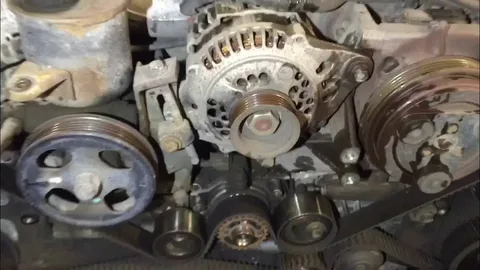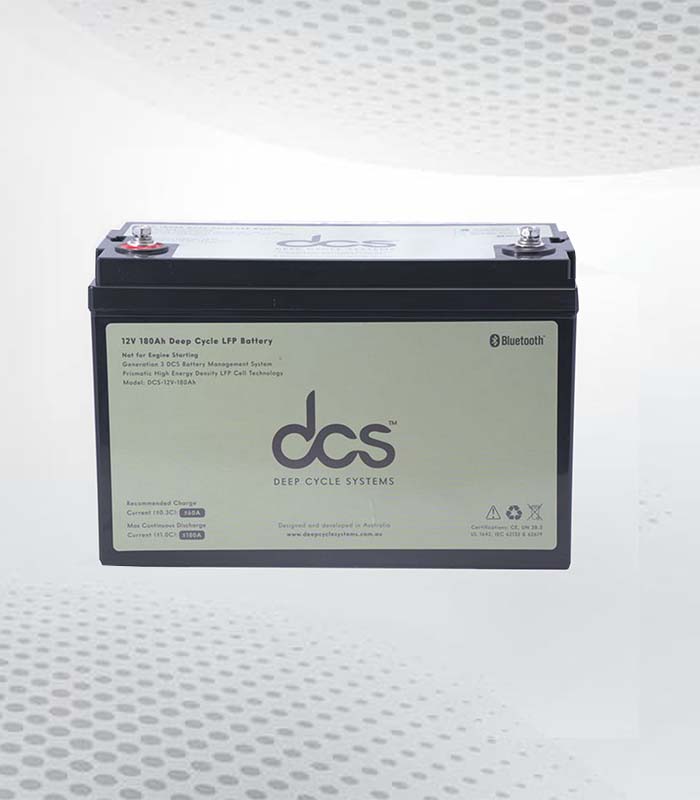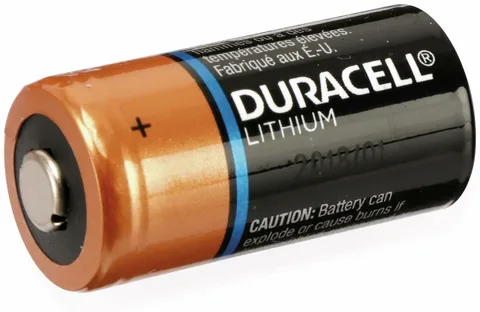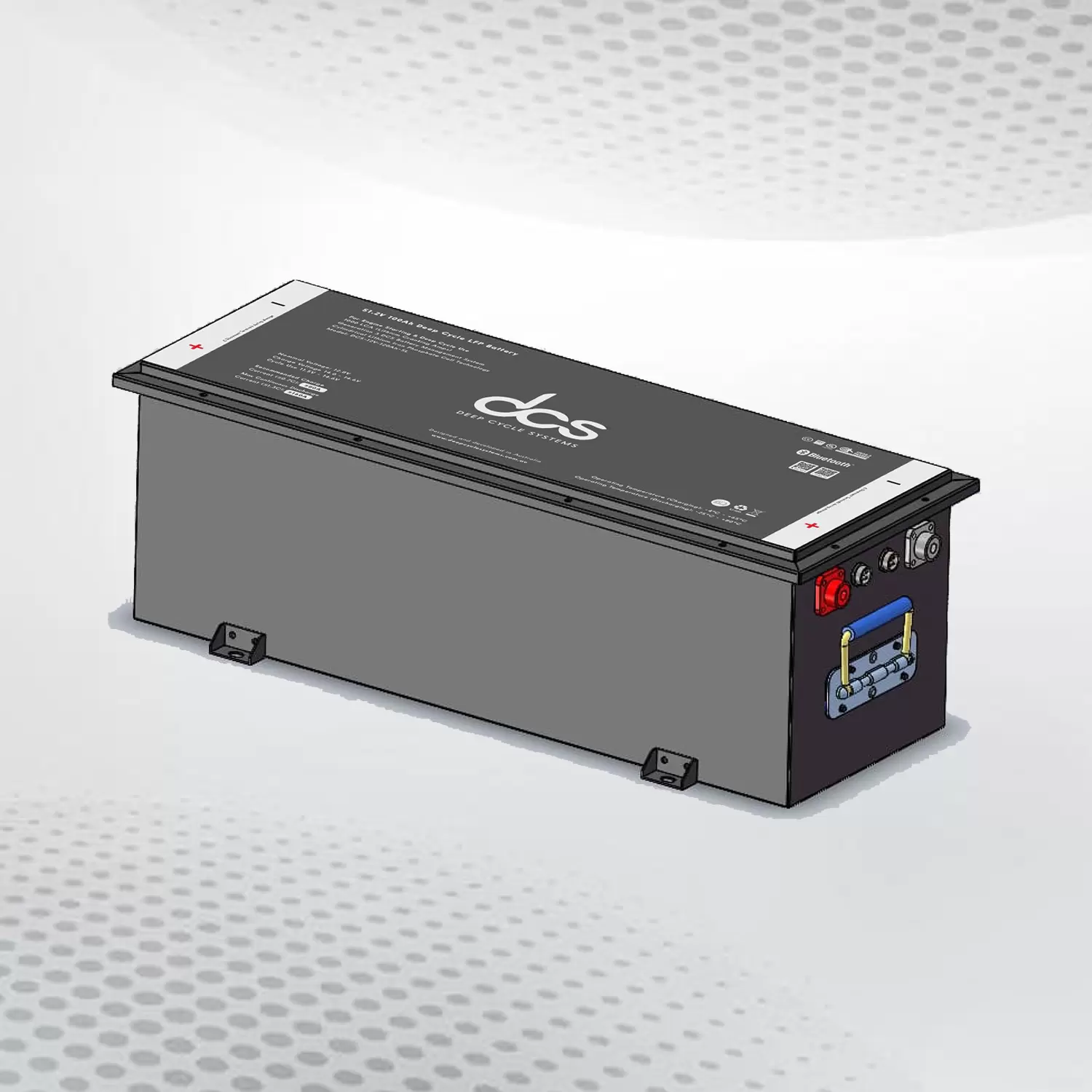The 2007 Subaru forester ac belt tensioner is crucial in maintaining the correct tension on the AC belt, which drives the compressor. This ensures your air conditioning system operates efficiently, providing cool air during hot weather. The tensioner is located near the engine’s front and is designed to prevent belt slippage, which can lead to subpar performance. Familiarizing yourself with the tensioner’s function and position can aid in timely diagnostics and maintenance, helping you keep your vehicle’s AC system in top condition.
Recognizing Wear Indicators in Your Subaru AC Tensioner
Recognizing wear indicators in your Subaru AC tensioner is crucial to maintaining the performance and longevity of your air conditioning system. The tensioner is vital in keeping the correct tension on the serpentine belt that powers the AC compressor. Over time, components like the pulley and spring mechanism can wear down, leading to belt slippage or even failure. Inspecting the tensioner for signs of wear can prevent costly repairs and ensure your AC operates efficiently.
One of the primary wear indicators to look out for is unusual noise. If you hear squealing, grinding, or a rattling sound coming from the engine bay, it could be a sign that the tensioner is not maintaining proper tension. These noises often result from worn-out bearings or misalignment of the pulley. A visible crack or breakage in the tensioner housing is a clear sign of wear.
These structural damages can cause the tensioner to fail, which could ultimately lead to belt issues and affect the AC system. Another key indicator is belt wear. If the serpentine belt appears frayed, cracked or shows signs of uneven wear, the tensioner may not apply consistent pressure. This can decrease your AC system’s performance and potentially cause the belt to snap. Regularly checking the condition of the belt and the tensioner is an essential part of proactive maintenance to avoid unexpected breakdowns.
Tips for Maintaining Your AC Belt Tensioner Subaru
Maintaining your AC belt tensioner Subaru can enhance its performance and extend lifespan. Follow these tips to keep it in top condition:
Clean Regularly
Dust and debris can accumulate on the tensioner, leading to wear and tear. Periodically, use a clean, dry cloth to wipe down the tensioner and its surrounding area.
Lubricate Moving Parts
The tensioner has several moving components that benefit from regular lubrication. A high-quality automotive lubricant keeps the pulley and spring mechanism functioning smoothly.
Check Alignment
Ensure that the tensioner and the belt are correctly aligned. Misalignment can cause uneven wear and stress on the belt, leading to premature failure.
Monitor Tension
Over time, the tensioner may lose its ability to maintain the proper tension on the belt. Use a torque wrench to check the tension and adjust it to ensure optimal performance.
Inspect for Wear
Look for signs of wear, such as cracks, fraying, or unusual noises. Early detection allows for timely replacement, preventing more severe damage to your AC system. Regularly inspecting these elements helps identify issues before they escalate.
Inspecting the AC Belt Tensioner on Your 2007 Subaru Forester
Inspecting the AC belt tensioner on your 2007 Subaru Forester is a straightforward yet essential maintenance task. The tensioner plays a crucial role in maintaining proper tension on the air conditioning (AC) belt, ensuring the belt operates smoothly. Over time, the tensioner may wear out, causing the belt to slip, resulting in reduced AC performance or even belt failure.
Regularly inspecting the tensioner helps prevent such issues and ensures your AC system remains efficient. To inspect the AC belt tensioner, locate it near the front of the engine, usually on the passenger side. First, check the condition of the AC belt itself. Look for signs of wear, such as cracks, fraying, or glazing. A worn belt may indicate that the tensioner is not maintaining the proper tension. Next, examine the tensioner pulley for visible damage, such as cracks or chips.
The pulley should rotate freely without resistance, so check for stiffness or wobbling, which can signal a malfunction. If the AC belt tensioner appears to function correctly and the belt is in good condition, you can proceed with regular checks. However, if the belt is worn or the tensioner pulley shows signs of damage, replacing it promptly is crucial to avoid further complications. Regular inspections can extend the life of your AC system and prevent costly repairs down the road.
Selecting the Correct Replacement Parts for Your Subaru AC Belt Tensioner
When selecting the correct replacement parts for your Subaru AC belt tensioner, it’s crucial to consider your vehicle’s specific make, model, and year. Each Subaru model, whether an Impreza, Forester, or Outback, may have different specifications for its AC belt system. Before purchasing a replacement tensioner, verify the vehicle’s details using the owner’s manual or consult a professional mechanic. Using the right part ensures proper fitment and function, preventing issues such as misalignment or excessive wear on the AC belt.
Another essential factor is the quality of the replacement part. While OEM (Original Equipment Manufacturer) parts are designed to match the specifications of your Subaru, aftermarket options can offer competitive prices and similar performance. Be sure to choose reputable brands and sellers to guarantee that the tensioner is made from durable materials that can withstand the demands of your car’s AC system.
Low-quality parts may wear out quickly, leading to additional repairs and costs. Finally, consider whether the replacement AC belt tensioner comes with a warranty. A warranty gives you peace of mind, protecting the part from defects and failures within a set period. This is especially important for components like the tensioner, which undergo frequent stress from the AC system. With careful research, you can select the right part that fits your Subaru’s needs and keeps your AC system running smoothly.
Replacing a Subaru AC Tensioner Yourself
Replacing a Subaru AC tensioner yourself can save time and money compared to taking it to a mechanic. The AC tensioner maintains the proper tension on the drive belt, ensuring the air conditioning compressor runs smoothly. When this component starts to fail, you may notice unusual noises or reduced AC performance. Before starting, ensure you have the right tools, including a socket set, a tensioner pulley tool, and a replacement tensioner.
Disc disconnecting the negative battery terminal to ensure safety while working around electrical components. Next, locate the AC tensioner, usually near the front of the engine, close to the AC compressor. Use the tensioner pulley tool to relieve tension from the drive belt, and then remove the belt from the AC compressor. Once the belt is off, use a socket wrench to remove the bolts securing the tensioner. Keep track of any washers or spacers for reassembly.
With the old tensioner removed, compare it with the new one to ensure they match. Install the new tensioner by securing it with bolts, and reattach the drive belt by relieving tension and slipping it over the pulleys. Finally, the negative battery terminal is reconnected, and the AC system is tested to ensure proper function. If everything runs smoothly, you’ve successfully replaced the AC tensioner yourself.
Seeking Professional Assistance for Your 2007 Subaru Forester AC Tensioner
Replacing a Subaru AC tensioner yourself can save time and money compared to taking it to a mechanic. The AC tensioner maintains the proper tension on the drive belt, ensuring the air conditioning compressor runs smoothly. When this component starts to fail, you may notice unusual noises or reduced AC performance. Before starting, ensure you have the right tools, including a socket set, a tensioner pulley tool, and a replacement tensioner.
Disc disconnecting the negative battery terminal to ensure safety while working around electrical components. Next, locate the AC tensioner, usually near the front of the engine, close to the AC compressor. Use the tensioner pulley tool to relieve tension from the drive belt, and then remove the belt from the AC compressor. Once the belt is off, use a socket wrench to remove the bolts securing the tensioner. Keep track of any washers or spacers for reassembly.
With the old tensioner removed, compare it with the new one to ensure they match. Install the new tensioner by securing it with bolts, and reattach the drive belt by relieving tension and slipping it over the pulleys. Finally, the negative battery terminal is reconnected, and the AC system is tested to ensure proper function. If everything runs smoothly, you’ve successfully replaced the AC tensioner yourself.
Advantages of Regular Maintenance for Your Subaru AC Tensioner
Regular maintenance of your Subaru AC tensioner can significantly impact the longevity and performance of your vehicle’s air conditioning system. The AC tensioner plays a critical role in maintaining the proper tension of the serpentine belt, which drives the compressor and other vital components. Ensuring that the tensioner remains in good condition will help prevent unnecessary wear on the belt, reducing the risk of sudden failures and costly repairs.
A well-maintained AC tensioner also contributes to improved overall engine efficiency. If the tensioner is not functioning correctly, it can cause the serpentine belt to slip or wear unevenly, leading to poor performance in your air conditioning system. Regular inspections and maintenance of the tensioner ensure that the belt operates smoothly, allowing your AC system to cool effectively and reduce strain on the engine. This can help to maintain optimal fuel efficiency as well.
Additionally, regular maintenance on the AC tensioner helps identify potential issues before they become major problems. Worn-out or damaged tensioners can cause annoying squealing noises, vibrations, or even belt misalignment, which could eventually damage other engine components. By addressing these issues early, you can avoid more expensive repairs and keep your Subaru’s air conditioning system running smoothly for years. Regular maintenance is a simple yet effective way to protect your investment.
Summary
Regular maintenance of your 2007 Subaru Forester AC belt tensioner is crucial for optimally functioning your vehicle’s air conditioning system. You can address issues promptly by routinely inspecting for wear indicators, such as cracks or fraying on the belt and excessive vibration of the tensioner. Cleaning, lubricating, and ensuring proper tensioner alignment can prevent minor problems from becoming major repairs. When replacement is necessary, choosing high-quality parts and, if needed, seeking professional assistance ensures reliability and longevity. These practices help maintain the efficiency and performance of your AC system, enhancing your driving comfort and vehicle longevity.
FAQs
How often should I inspect my Subaru AC tensioner?
Inspect Subaru AC tensioner during routine maintenance checks or at least every 60,000 miles.
What are common signs of a failing AC belt tensioner?
Unusual noises, visible belt wear, and diminished AC performance.
Can I replace the AC belt tensioner myself?
Many car owners can perform this task with the right tools and instructions.
When should I seek professional help for my tensioner?
Professional assistance is advisable if you need more time to decide about the replacement process or need more tools.




